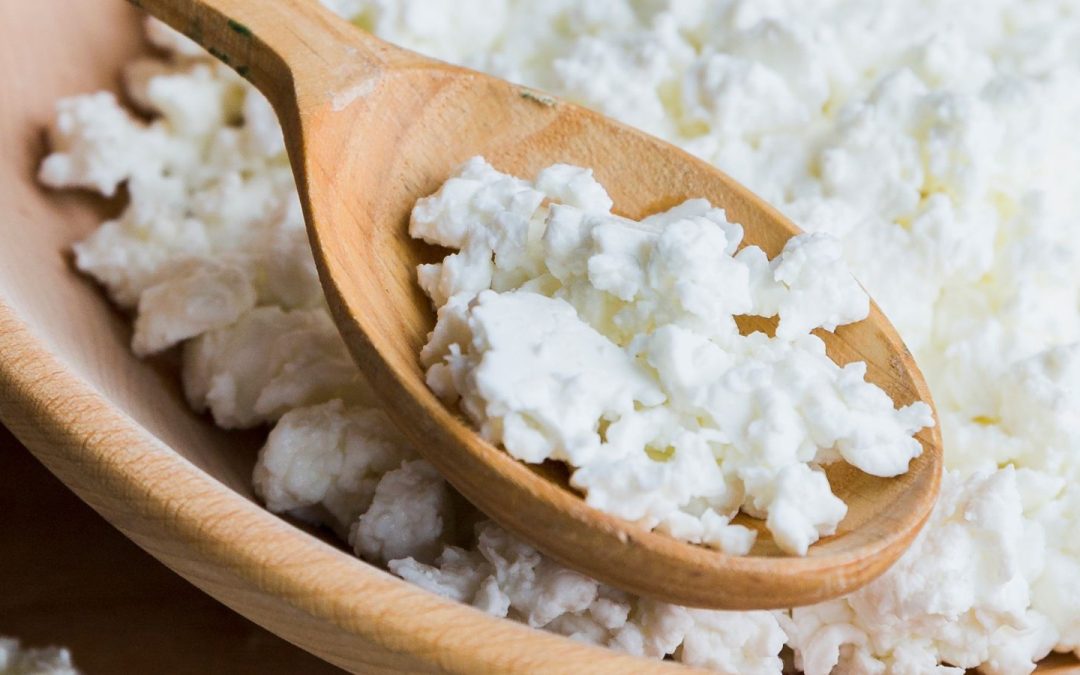The Agriculture and Horticulture Development Board (AHDB) has seen sales of high protein dairy products “soar” as consumers make health-conscious choices.
Research from AHDB has shown that despite the dairy sector experiencing a slight decline in volume, changes in consumer preferences are driving growth from certain categories.
AHDB said this growth stems from several key drivers: increased demand for higher protein content, rising interest in gut health, growing scepticism towards so-called ultra-processed foods (UPFs) and a surge in demand for naturalness. Many of these trends are circulating on social media and, as a result, products such as cottage cheese, whole milk and kefir yogurt have seen noticeable growth.
As of December 2024, 28% of shoppers reported actively boosting their protein intake, with a further 29% indicating plans to increase it throughout 2025 (IGD ShopperVista, December 2024). This demand for high-protein food is particularly evident among consumers seeking functional foods to support their fitness goals, driving the success of protein-forward products, according to Mintel (British Lifestyles – UK – 2025).
“If we continue to highlight the naturally high protein levels in dairy products as well as their other health benefits, dairy products like cottage cheese may well continue to experience growth.”
Plain cottage cheese provides 9.4g of protein per 100g in the full-fat variety and 10.6g of protein per 100g in the reduced-fat version (McCance and Widdowson). Protein-packed cottage cheese experienced a 29.4% year-on-year volume increase (NIQ Panel on demand, 52 w/e 22nd March 2025), amplified by rising social media trends such as meal prepping. Cottage cheese is often highlighted as a versatile and nutritious ingredient that pairs well with many foods, such as in scrambled eggs and as a creamy dip for vegetables.
Whole milk is also experiencing growth, seeing a year-on-year increase of 2.9% in volume. It accounts for 31% of volume sales within the cow’s milk category. According to Mintel, cow’s milk is often seen as minimally processed, with consumers prioritising its naturalness over its nutritional content, making it a preferred choice amid the spotlight on UPFs (Mintel, Dairy and Dairy Alternative Drinks, Milk and Cream, 2024).
Elisya Zain, AHDB analyst, said: “Social media is a major driver of health trends, presenting a valuable opportunity to raise awareness, influence consumer perceptions and generate demand, especially for younger consumers.
“As protein content is gradually becoming the leading factor for shoppers when making food choices, if we continue to highlight the naturally high protein levels in dairy products as well as their other health benefits, dairy products like cottage cheese may well continue to experience growth.”









